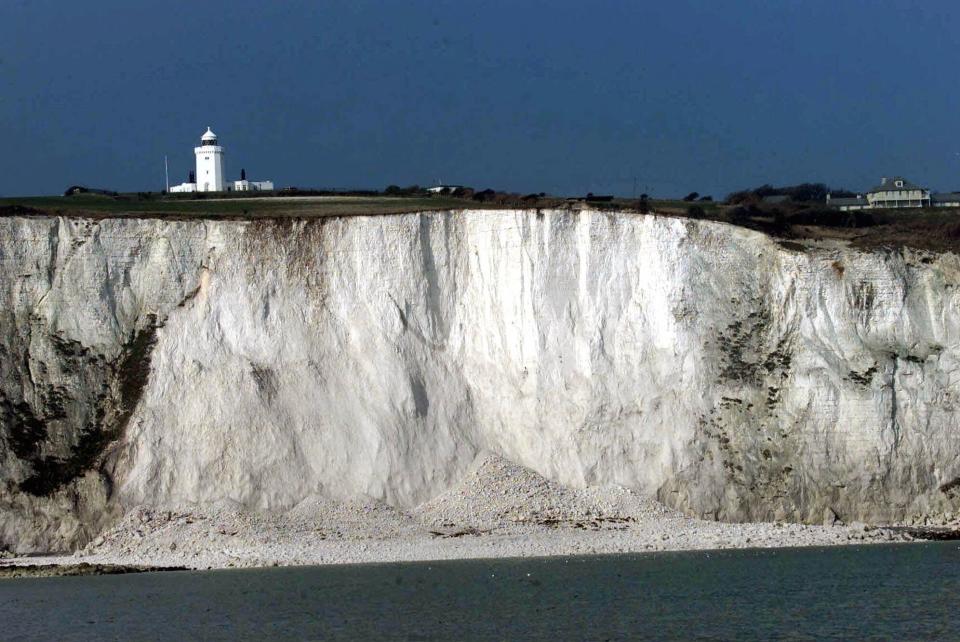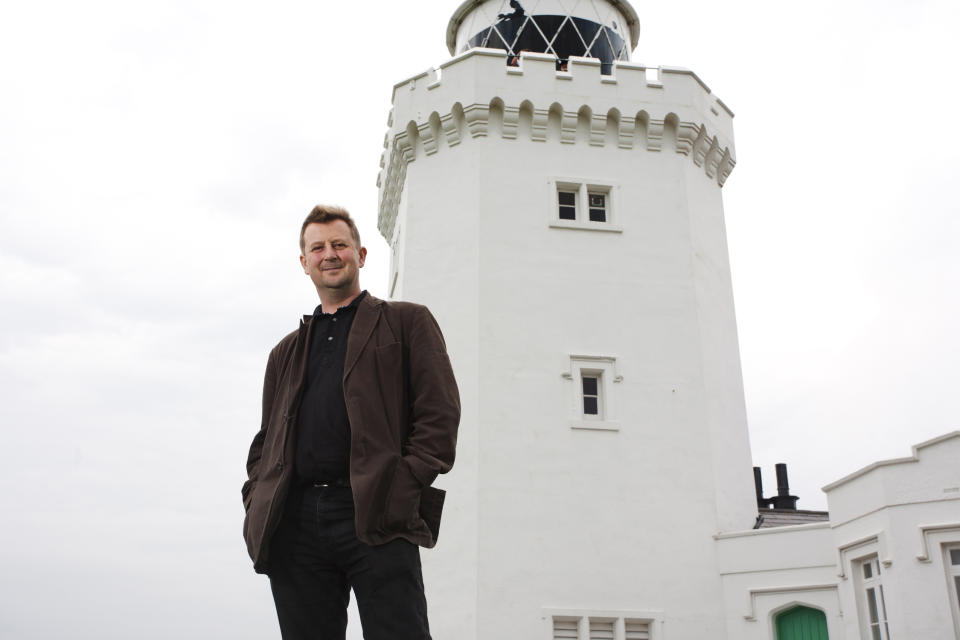White Cliffs of Dover get writer in residence
LONDON (AP) — Philosopher Julian Baggini has a high-altitude new assignment — pondering the significance and symbolism of the White Cliffs of Dover, landmarks he likens to Britain's Statue of Liberty.
The National Trust, guardian of the chalk cliffs on England's southeast coast, has appointed Baggini the cliffs' first writer in residence.
Starting Monday, he will spend a week living in a cliff-top lighthouse, writing and speaking about the cliffs and talking to local residents.
Baggini said he hoped to learn "what the white cliffs of Dover mean for British people, including those for whom the cliffs were the first sight of the country which would become their adopted home."
The cliffs loom above the English Channel at its narrowest point, and so have been the first sight of Britain for centuries of visitors, immigrants and invaders.
"For millions of Britons living across the world, the white cliffs is a clear symbol of Britain, in much the same way that the Statue of Liberty has defined America," said Baggini, whose mother is from Dover and whose father came to Britain from Italy in the 1960s.
"Even if we've never been to or seen the white cliffs of Dover, there is a collective sense that they matter."
The cliffs have long been symbol of Britain and its independence, most famously in Matthew Arnold's 19th-century poem "Dover Beach" — "The cliffs of England stand/Glimmering and vast, out in the tranquil bay" — and in the World War II ballad sung by Vera Lynn, "(There'll Be Bluebirds Over) The White Cliffs Of Dover."
A seemingly immutable feature of the landscape, they are actually fragile, their soft clay prone to erosion. The National Trust is currently trying to raise 1.2 million pounds ($1.9 million) to buy one of the most famous sections of the cliffs, completing its purchase of a 5 mile (8 kilometer) stretch of the coast.
Baggini is blogging about his experience at whitecliffsofdoverwriter.wordpress.com.



